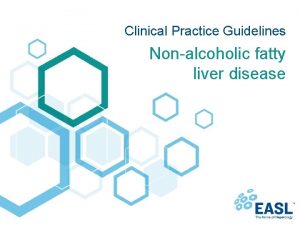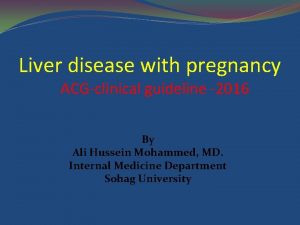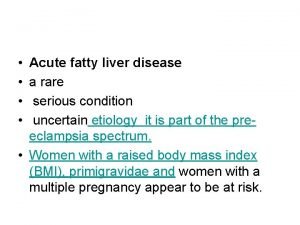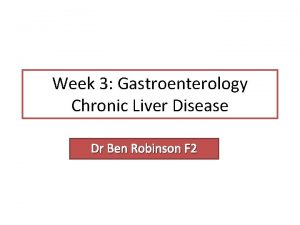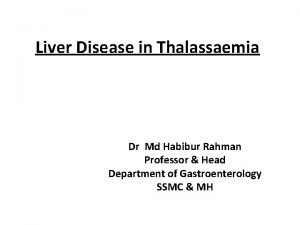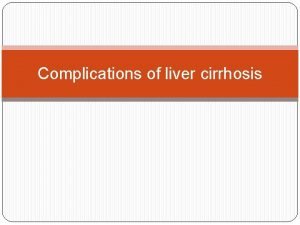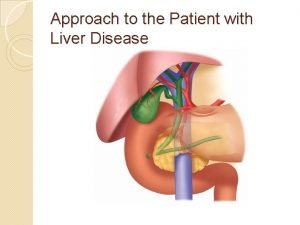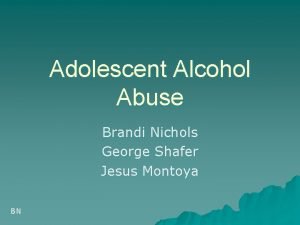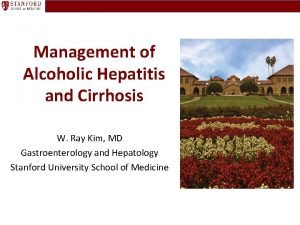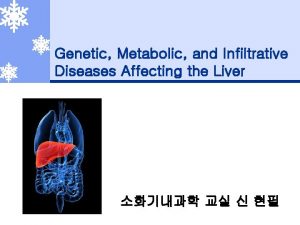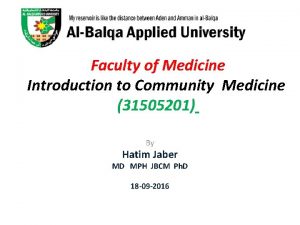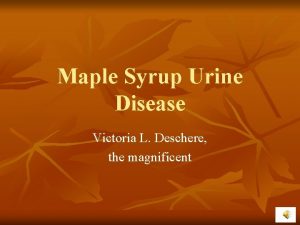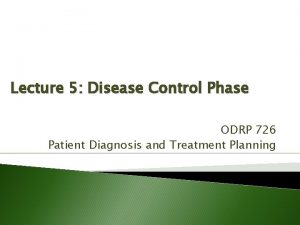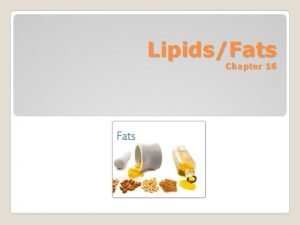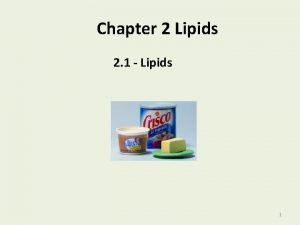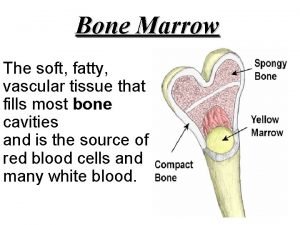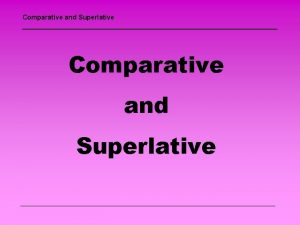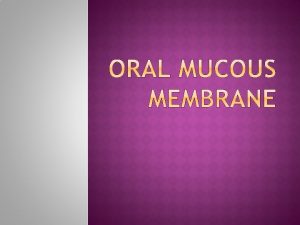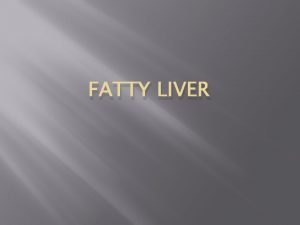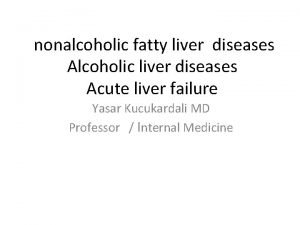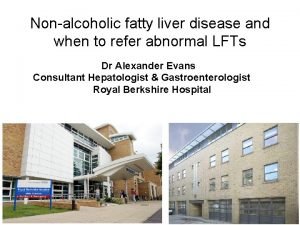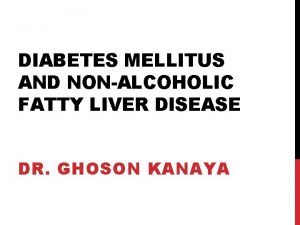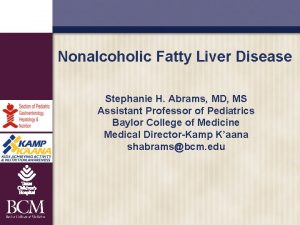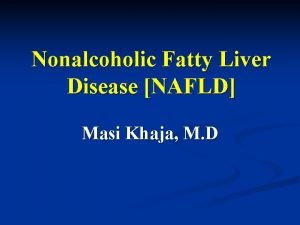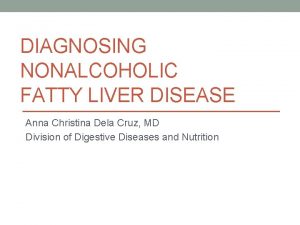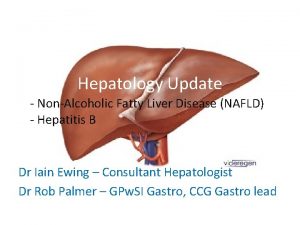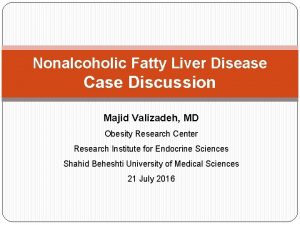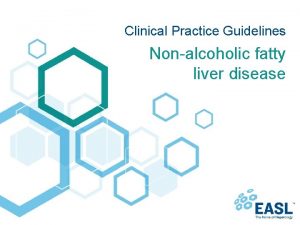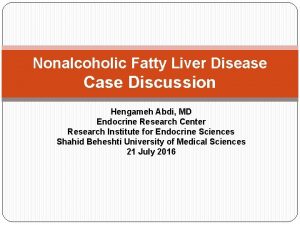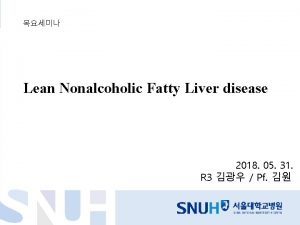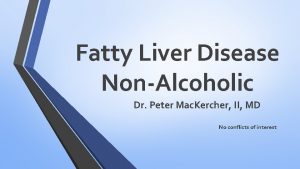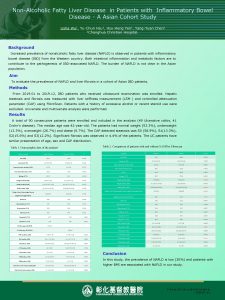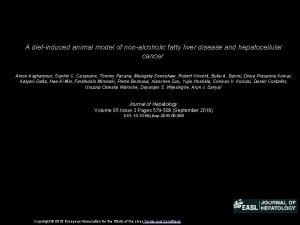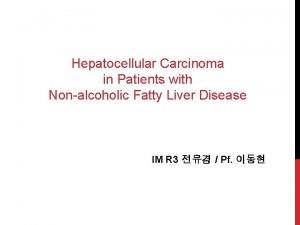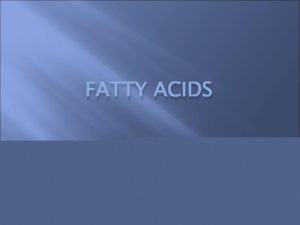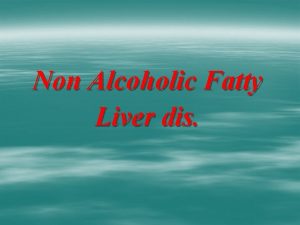Nonalcoholic fatty liver disease current concepts and treatment









































- Slides: 41

Non-alcoholic fatty liver disease: current concepts and treatment strategies CP Day University of Newcastle

NAFLD What is it? How common is it? Why do diabetologists need to know about it How does it present? How should it be investigated? What is the course and prognosis? What are the mechanisms? How should it be managed?

Stages of non-alcoholic fatty liver disease Normal Steatosis (NAFL) Steatohepatitis (NASH) Fibrosis/ cirrhosis

NAFLD is common “Effects 10 -24% of general population in various countries” Angulo NEJM 2002 Based on “cryptogenic” ALT/AST: effects 36% of the US population Ruhl 2003, Clark 2003 Diagnosis in 72% of 249 pts with “cryptogenic” ALT/g. GT/ALP (< x 2): 44% with NASH and/or fibrosis Ryder BASL 2003

Who gets NAFLD? NAFLD

Who gets NAFLD? Obesity (50 -100%): central/visceral Men > women T 2 DM (30 -40%)/Insulin resistance (~100%) Hypertriglyceridemia (20 -60%) Hypertension Donati et al 2004 = Liver manifestation of the Metabolic Syndrome Ferrannini 2000, Marchesini 2001

Correlations of ALT in NHANESIII Ruhl & Everhard Gastro 2003

NAFLD and insulin resistance Marchesini et al Diabetes 2001 Insulin sensitivity with euglycaemic clamp in: 30 pts with biopsy proven NAFLD (21 NASH) with normal GTT and BMI<30 versus: 10 healthy controls/10 well controlled T 2 DM NAFLD = type 2 DM: versus controls – – – glucose disposal during clamp (50%) Basal FFAs/ suppression of lipolysis insulin-mediated suppression of HGP

Liver problems in T 2 DM 102/1550 (8 -10%) T 2 DM have ALT Erbey et al Am J Med 2000 Dutta et al BDA 2004 20% obese T 2 DM have NASH Wanless 1990 HRR for chronic liver disease: 1. 98 [1. 88 -2. 09] HRR for liver cancer: 2. 16[1. 86 -2. 38] El-Serag 2004, Vecchia 1997 SMR for cirrhosis 2. 52 (> CVD) De Marco 1999

Type 2 DM is associated with NASH in Obesity Non-diabetic Diabetic Wanless et al Hepatology 1990

Cumulative risk of chronic NAFLD in 820, 000 male veterans in hospital ’ 85 -90 El-Serag 2004

Cumulative risk of HCC in 820, 000 male veterans in hospital ’ 85 -90 El-Serag 2004

NAFLD as a cause of/contributor to insulin resistance/T 2 DM? In T 2 DM insulin requirements correlate with the severity of steatosis Ryysy 2000 Hepatic insulin resistance (by clamp/isotope) is universal in patients with NAFL Sanyal 2001 Ins R post-OLTx in type 2 diabetics transplanted for NASH cirrhosis Cauble 2001

Non-adipose tissue steatosis Tissue specific LPL over-expression Muscle specific IR ( Glu uptake) Liver specific IR ( Glu output) Kim et al PNAS 2001

How does it present? 48 year old man Presenting with malaise Past medical history – – – Always obese Type 2 diabetes, Hypertension Drinks < 8 units per week On metformin and ACE inhibitor BMI 41. 5 WHR 148/139 = 1. 06

Special investigations ALT 65 U/l, AST 86 U/l, GGT 118 U/l Albumin 36 g/l, Bili 17 mmol/l Ig. G 15. 8 g/l, Ig. A 7. 98 g/l Triglycerides 3. 7 mmol/l, HDL cholesterol 0. 7 Viral serology negative Ferritin 456 mg/l Autoantibodies negative Ultrasound: enlarged “fatty” liver

Does this man need a liver biopsy? 1. To make the diagnosis of NAFLD? Probably not Clark Am J Gastro 2003 2. To provide prognostic information? Almost certainly Different stages have different prognoses Imaging (USS/MRI/CT) cannot distinguish between different stages Saadeh Gastro 2002

Steatosis 12 -35% 16 -28% Natural history of NAFL (~ 8 yrs) (2003 -4 studies) steatohepatitis and/or mild fibrosis 12 -35% 3 -9% Advanced fibrosis Cirrhosis ?

Where’s all the NASH cirrhosis? Is it “cryptogenic” Caldwell et al 1999 Compared incidence of obesity and /or NIDDM in: - 70 cryptogenic cirrhotics: 73% mean age 63 yrs - 50 NASH patients: 70% mean age 50 yrs - 46 HCV/ 67 PBC: 28/33% Confirmed by Poonawala et al 2000

BMI & Indication for OLTx: UNOS Nair et al 2002 % BMI

Recurrence of NASH post OLTx for cryptogenic cirrhosis: Contos 2001

Natural history of obesity-related cryptogenic cirrhosis: Ratziu 2002 27 obese cryptogenic cirrhotics vs 85 HCV cirrhotics matched for age and sex at time of diagnosis 33% died a “liver” death vs 24% (22 mo f/up) HCC risk identical (~25%) – Consistent with other reports Shimada J Hep 2002, Bugianesi Gastro 2002, Nair Hepatology 2002 – BMI correlates with risk of HCC Calle NEJM 2003

Does this man need a liver biopsy? 3. Influences management decisions NAFL – Treat associated conditions – ? Discharge or “long” hospital follow-up NASH – Treat associated conditions – Close hospital follow-up (varices, HCC screening. . ) – Consider “ 2 nd line” therapy (? ? ? )

Can we restrict biopsy to those most likely to have NASH+fibrosis?

Predictors of advanced NAFLD LFTs: GGT, ALT > x 2 N, AST>ALT Serum hyaluronic acid Laine 2004 Age (>45) Features of the metabolic syndrome (MS) – 88% NASH vs 53% steatosis 1+ features Severity of insulin resistance Luyckx 1998, Marceau 1999, Angulo 1999, Ratzui 2000, Marchesini 2001 & 2003, Dixon 2001, Sanyal 2001, Chitturi 2002

Mayo, Newcastle, Italy, Australian study 736 patients, 493 estimation group, 243 validation group Independent predictors of advanced (bridging or cirrhosis) fibrosis on MVA: – – – – Age >45 AST/ALT > 1 TG > 1. 8 Diabetes Platelet <150, 000 AST/platelet ratio > 1 BMI > 30

Mayo, Newcastle, Italy, Australian study Model with 6/7 variables (not obesity) – AUROC = 0. 862 (+0. 021) and 0. 832 Risk score based on 6 dichotomous variables: – Low cut-off: NPV for fibrosis = 90% & 80% – High cut-off: PPV for fibrosis = 91% & 89% – Only 22% of cohort were indeterminate ? Liver biopsy avoided in 78% with 90% accuracy

Adipose tissue NORMAL “Resistant” FFA TNFa/ Ins R Ad’nect PPAR-a The first hit Ins TNF/ Adiponectin FFA oxidizing enzymes FFA synthesis (via ACC/SREBP-1) ACC/SREBP-1 CPT I FFA oxidation STEATOSIS “Vulnerable” Endotoxin e- flow Oxidative stress NASH The second hits

Adiponectin: a key anti-inflammatory, anti-steatotic adipokine From Xu et al JCI 2003

Adiponectin levels are low in NASH Adiponectin levels lower in NASH vs steatosis Independent of Ins R TNFa and s. TNFR 2 not different Hui et al 2004 Hepatic receptor (R 2) also in NASH Tilg et al in press

Normal Mechanisms of fibrosis in NAFLD Steatosis Steatohepatitis ? Non-inflammatory mediators Fibrosis/ cirrhosis

Non-inflammatory mediators of fibrosis in NAFLD Insulin & glucose via CTGF by HSC Paradis et al 2001 “Adipokines” – – – Angiotensinogen Yoshiji 2001, Bataller 2003 Norepinephrine Oben 2003, 2004 Leptin Leclerq 2002, Saxena 2002, Honda 2002

Treatment of associated conditions: the metabolic syndrome “Lifestyle intervention” – – – Weight loss Increase physical activity 58% in Ins R → T 2 DM DPP NEJM 2002 Treat CV risk factors if they persist – – Diabetes Dyslipidaemia Statins for all T 2 DM Hypertension Heart Protection Study 2003 All shown to mortality

Weight loss & exercise Sound theoretical basis ( IR, Ins, FFA, leptin) But: only 2 controlled trials of Diet + Ex – ALT in 13 pts losing >10% BW – ALT and steatosis in 15 pts Park 1995 Ueno 1997 Too rapid weight loss is deleterious – NIDDK recommend 1 -2 lb/week Encouraging pilots with Orlistat Koliouskas 2002, Harrison 2004 Surgery – – – JIB abandoned due to liver disease risk Gastric banding surgery beneficial Dixon 2004 NOT liposuction! Klein et al 2004

Treatment of diabetes & NAFLD Insulin sensitisers rational choice Mechanism is via liver/muscle steatosis Metformin drug-of-choice for obese type 2 DM ( mortality) PDS Lancet 1998 Avoid sulphonylureas and insulin – Weight gain – ? fatty liver – ? fibrosis (via CTGF)

Insulin sensitisers (1) metformin Sound theoretical basis – FFA & VLDL synthesis, FFA oxidation in hepatocytes Zhou JCI 2001 – steatosis, TNFa & ALT in ob/ob mouse Lin Nat Med 2000 Contradictory pilot data in human NAFL Marchesini 2001, Tiikkainen 2004, Nair 2004 RCTs underway

Insulin sensitisers (2) glitazones Sound theoretical basis - PPARg agonists – Insulin-sensitising – Anti-steatotic (? via adiponectin) Maeda 2001, Mayerson 2002 – Anti-inflammatory Jiang 1998, Xu 2003 – Anti-fibrotic Galli 2002 – PPARg mutations → NASH Savage 2003 “Encouraging” pilot studies: Neuschwander-Tetri 2003, Tiikkainen 2004, Promrat 2004 Case report of fatal liver failure Farley-Hills 2004 NIH sponsoring pioglitazone vs vit E RCT

Anti-fibrotic effect of glitazones Galli et al 2002

Lipid lowering agents Fibrates (PPARa agonists) – Good rationale from animal studies: – PPARa agonist NASH and PPARa (-/-) NASH in MCD mouse model Ip 2003 & 2004 – 1 RCT of gemfibrozil (4/52) - LFTs – 1 open trial of clofibrate (52/52) – no effect on biochemistry or histology Basaranoglu 1998 Laurin 1996 Statins – No rationale but appear to be safe Chalasani Gastro 2004

“Liver-specific” strategies Advice on alcohol - how much? Dixon 2001 Remember steatohepatitis-inducing drugs Antioxidants: – Vitamin E: No benefit in RCT – Betaine: ALT and histology Urso: No benefit in large RCT ? anti-TNFa/endotoxin OLTx – successful but recurs Harrison 2003 Abdelmalek 2001 Lindor 2004 Satapathy 2004 Contos et al 2001

Probable NAFLD Low Fibrosis score High Fibrosis score Treat metabolic syndrome: Lifestyle measures Metformin for T 2 DM Statins/fibrates (if indicated) ? Angio II blockers for BP Liver biopsy NAFL NASH ? discharge observation/ screening “ 2 nd-line therapy” or RCT Improvement (? how monitored) No Improvement Treat metabolic syndrome: (+ varices & HCC screening if advanced fibrosis)
 Stigmata of chronic liver disease
Stigmata of chronic liver disease Elisabetta bugianesi
Elisabetta bugianesi Aflp in pregnancy
Aflp in pregnancy Acute fatty liver of pregnancy
Acute fatty liver of pregnancy Liversoc
Liversoc Linea alba hernia
Linea alba hernia Gastroenterology board review
Gastroenterology board review Stigmata of chronic liver disease
Stigmata of chronic liver disease Complications of cirrhosis
Complications of cirrhosis Dcld vs cld
Dcld vs cld Peripheral stigmata of cld
Peripheral stigmata of cld Symptoms of portal hypertension
Symptoms of portal hypertension Stage 3 liver disease
Stage 3 liver disease Gennifer shafer liver disease
Gennifer shafer liver disease Alcoholic liver disease
Alcoholic liver disease Infiltrative liver disease
Infiltrative liver disease Communicable disease and non communicable disease
Communicable disease and non communicable disease Concepts of health and disease
Concepts of health and disease Concepts of health and disease
Concepts of health and disease Treatment for prion disease
Treatment for prion disease Nephrotic syndrome causes
Nephrotic syndrome causes Maple syrup urine disease treatment
Maple syrup urine disease treatment Modern treatment of heart disease
Modern treatment of heart disease The disease-control phase of treatment includes
The disease-control phase of treatment includes Line current and phase current
Line current and phase current Line current and phase current
Line current and phase current Drift current and diffusion current
Drift current and diffusion current Line current and phase current
Line current and phase current Drift vs diffusion current
Drift vs diffusion current What is diffusion current and drift current
What is diffusion current and drift current Wye delta diagram
Wye delta diagram Holding current and latching current
Holding current and latching current Drift current density unit
Drift current density unit The value of vgs that makes id approximately zero is
The value of vgs that makes id approximately zero is Dcep welding
Dcep welding Hazard based safety engineering
Hazard based safety engineering Mesh current method with current source
Mesh current method with current source Difference between saturated and unsaturated fatty acids
Difference between saturated and unsaturated fatty acids Glycerol fatty acid
Glycerol fatty acid Involuntary
Involuntary Warm superlativ
Warm superlativ Parakeratinised
Parakeratinised

